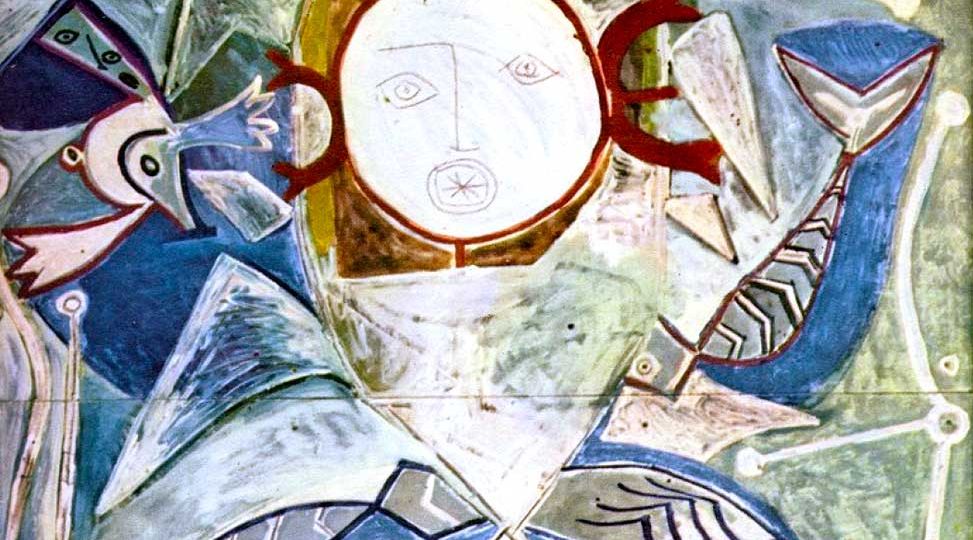
Authentic Leadership
Steve Myers, October 4, 2018
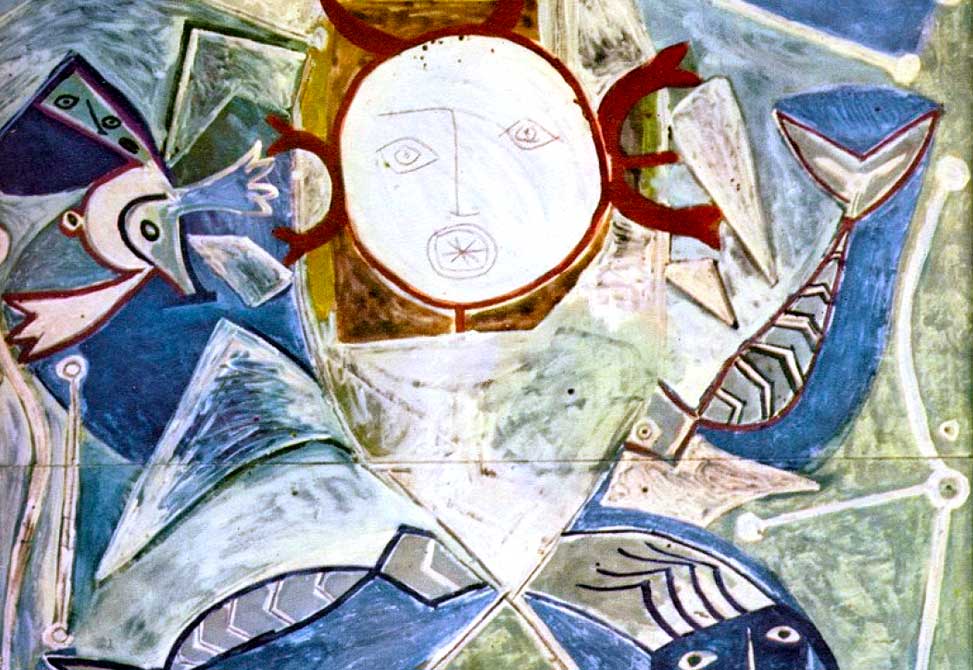
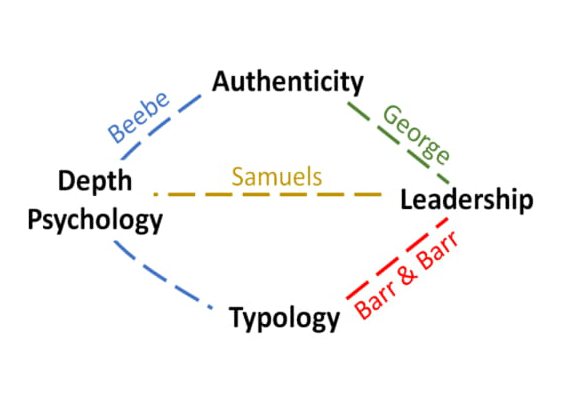
Leadership
The Jungian analyst Andrew Samuels (2001) has related leadership to depth psychology in a chapter of Politics on the Couch. In setting the scene, he proscribes several subjects from his discussion, such as crowd psychology, group dynamics, or the analysis of individual leaders. He shows how to apply Winnicott’s concept of good-enough parenting to leadership by focusing on the value of non-heroic leadership and failure. Samuels describes three forms of leadership—erotic, trickster, and sibling—the last of which is “a psychological way to deconstruct the notion of leadership altogether” (p. 96). He does this against the “background of transformative politics” (p. 100), so the concept of transformation is an important part of his argument.
Authenticity has been related to leadership in an influential book by Bill George (2003), a former CEO and professor of management practice at Harvard whose focus is on “greater shareholder value.” His theory is not as commercial or as oriented towards the external world as this phrase implies, because George shifts the emphasis in leadership theory onto the relationship between the inner personality and outer organizational domains. He raises important psychological questions by trying to reconcile the leader’s personality, values, and beliefs with the competing needs of various stakeholders. George’s solution to the various personality and organizational conflicts is to develop the leader in five dimensions—purpose, values, heart, relationships, and self–discipline.
Barr and Barr (1989) related leadership to typology in The Leadership Equation. They advocate that the leader should develop awareness and skills associated with the non-preferred functions. They recognize that this is a difficult task but view it as necessary in order to maximize performance in the role. They close their book with a succinct summary: “The leadership equation involves balancing style for leadership enhancement” (p. 173). This approach has some similarity to George’s because it describes a set of personality dimensions on which the leader needs to develop. However, while for George these dimensions are the same for all leaders, Barr and Barr prioritize them according to our typological structure. Both approaches develop authenticity because they try to align our external role with our internal nature, albeit in slightly different ways.
Authenticity
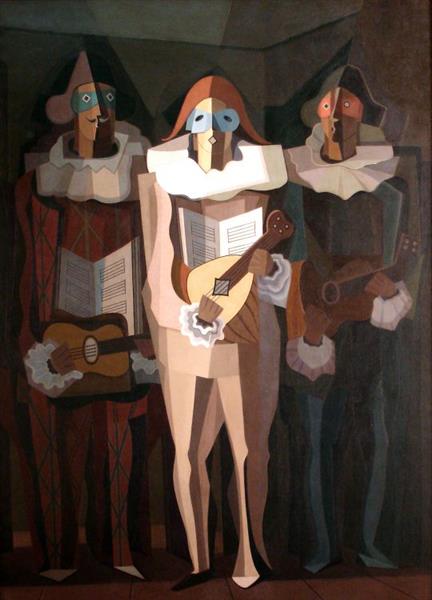
Jung explained the close relation of typology to collectivity in chapter II of Psychological Types. He cited the writings of Schiller to show how developing a dominant function and becoming a type makes us collective. Through our use of the functions, we serve society at the expense of our authentic individual self: “The superior function is as detrimental to the individual as it is valuable to society” (Jung, 1921/1971, ¶ 109). Jung summarized the problem by quoting Jean-Jacques Rousseau: “You must choose between making a man or a citizen, you cannot make both at once” (¶ 134). In other words, you can either be authentic or a leader; you cannot be both. Having described the “type problem,” primarily in chapter II, Jung goes on to outline his solution in chapter V. Although these are long and difficult chapters, Jung became increasingly frustrated that most readers overlooked them. For example, he cited the fact that “not even the elements have been properly understood” (1937/1971, p. xii) as one of the reasons for not revising Psychological Types. And he eventually gave up on laypeople being able to make use of his typological theory (Shamdasani, 2003, p. 87).
What Jung wrote in those chapters is radical. His book is not about the classification or description of a personality but the transformation of it. He suggested this in several places, including the subtitle of the first English translation: “a psychology of individuation” (1921/1923). Psychological Types describes how the personality is transformed so that its structure is no longer defined by typology but by a new function and attitude that appears from between the opposites, from the unconscious. This new and emergent individuality, which is much deeper than typological preference, has its roots in the archetype of the self. Typology is only a stepping stone or gateway on the way to its discovery. Although Jung discussed how to assess whether someone’s type is authentic (1923/1971, ¶ 891), the goal of his theory is a deeper and more unique authenticity. The purpose of individuation is to develop “the psychological individual as a being distinct from the general, collective psychology” (1921/1971, ¶ 757).
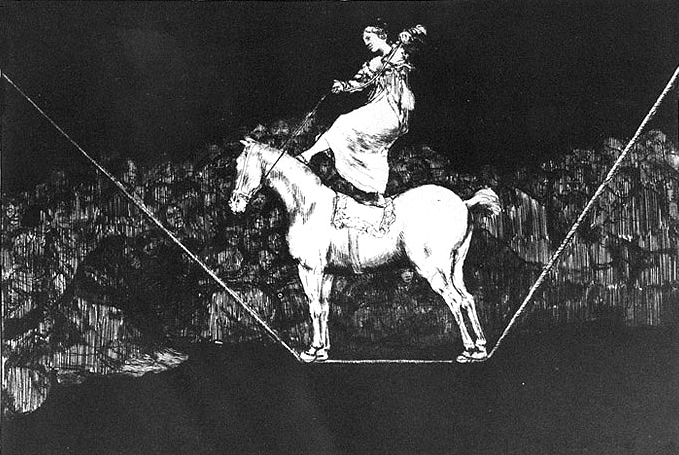
Edinger … describes an “ego-Self axis” as the “vital connecting link between ego and Self that ensures the integrity of the ego” (p. 6). It is along this axis that I locate the deeper integrity that I am discussing throughout this book. (Beebe, 1992, p. 137, n. 4)
The Personality Spine(s)
From the perspective of typological theory, the spine of the personality is the relationship between the dominant and inferior functions. Some type theorists regard this spine as virtually the same as the ego-self axis (e.g., Corlett & Millner, 1993, p. 51). However, other writers make a distinction between the two. Angelo Spoto, for example, relates the typological functions primarily to the ego rather than the self (1989, p. 128). When there is development of the dominant and inferior functions, their relationship is the “spine of consciousness” (Beebe, 2017, p. 130)—at least, it can be for a period—but the ego-self axis is the spine of the whole personality. The latter brings the ego into relationship with the total psyche, including all aspects of the unconscious (Edinger, 1972, pp. 3-4).
There can be a stage of development when the dominant-inferior spine and the ego-self axis appear to be the same. At this stage, we can gain “access to the deep integrity of personality [via the] inferior function” (Beebe, 1992, p. 106). However, differentiation or integration of the inferior function does not represent the culmination of the individuation process; it is only the beginning. Individuation starts with the attempt to differentiate the inferior function (Fordham, 1953, pp. 45-46). Differentiating the inferior function has a radical transformative effect on the personality and makes our earlier typological structure irrelevant:
When the fourth function comes up … the whole [conscious] structure collapses … This, then, produces a stage … where everything is neither thinking nor feeling nor sensation nor intuition. Something new comes up, namely, a completely different and new attitude toward life in which one uses all and none of the functions all the time. (von Franz, 1971/1986, pp. 27-28)
After this transformation has taken place, we continue to develop through the dialectic that takes place between the ego and the self. The spine of the personality is no longer seen as the dominant-inferior relationship but the ego-self axis.
Jung illustrated this restructuring of the personality in chapter V of Psychological Types. He saw Spitteler’s 1881 epic poem Prometheus and Epimetheus as being visionary (inspired from the collective unconscious) and as revealing how the Western mind can overcome the conflict of opposites and develop the unique individual. Jung drew several parallels between the poem’s story and the process of psychological transformation. For example, Epimetheus becoming king and Prometheus going into exile stands for (among other things) a typological function becoming dominant and repressing its opposite. By the end of the story, which contains many twists and turns, there has been a significant transformation. Messias, a son of the Angel of the Lord, has become king, Prometheus and Epimetheus have restored their relationship, but the brothers no longer have any position of power. Messias stands for a new function and a new attitude (Jung, 1921/1971, ¶ 459). He is not only sovereign but, because of his divinity, he also acts as a bridge between consciousness and the unconscious.
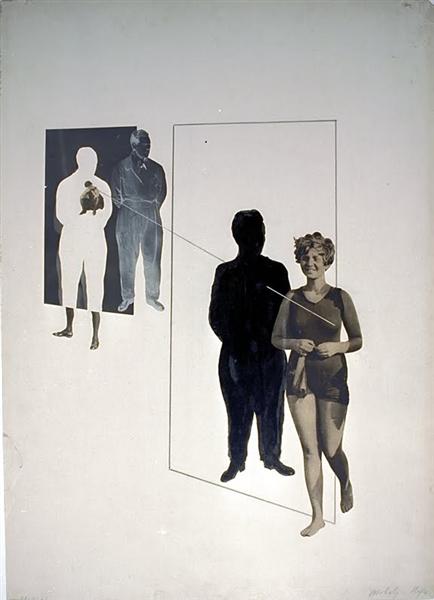
Jung intended Psychological Types to be the layperson’s introduction to the process of transformation through the experience of opposites. However, as a result of readers overlooking the book’s gravamen, by 1935 he had concluded that “lay people could not use [typology] correctly” (Shamdasani, 2003, p. 87). Nevertheless, the theory of transformation it contains is still relevant to many of the conflicts and problems we face today. Psychological Types suggests that we do not become authentic by being true to our type or our values, but that our authentic individuality emerges from between the typological opposites, in the form of a symbol that stands for and becomes a new function and attitude. And that deeper authenticity continues to emerge as we encounter a wide range of other opposites in the same way. In practical terms, it involves withdrawing projections and desisting from exercising preference, to learn to value the opposites within ourselves. In leadership terms, it means adopting an attitude that acknowledges the potential for transformation within the leader and through the relationship between leader and follower. The theory that is closest to Jung in this respect is not George’s concept of authentic leadership but James MacGregor Burns’ transformational leadership.
Transformational Leadership and Analytical Psychology
Burns developed his theory of leadership in the 1970s, and he considered how leadership relates to the topics of authenticity (under the guise of morality) and depth psychology. He rejected psychoanalysis and only looked fleetingly at analytical psychology—citing Jung only to support his rejection of Oedipal theory (Burns, 1978, p. 35). However, Burns had a lot in common with Jung. For example, Jung rejected Freud’s psychoanalysis for the same reason as Burns (its emphasis on Oedipal conflict). Also, Burns saw “Maslow’s theory of motivation [as the best] psychological grounding for a satisfactory theory of leadership” (Seligman, 1980, p. 154). This could have led to common ground between Burns and Jung because Maslow’s self-actualization has significant similarities with the self-realization that comes through individuation. And, like Burns, Jung was “absorbed by the question of leadership” (Samuels, 1993, p. 287).
Both theorists wrote a great deal about the relationship between leadership and morality, which they saw rooted in the transformation of personality and relationships. For example, both Burns and Jung rejected the idea that power involves one person acting upon another. They placed more modern conceptions of power—based on motivation and relationship—at the foundation of a transformative process that is interactive and shared. In analytical psychology, you “can exert no influence if you are not susceptible to influence” (Jung, 1929/1966, ¶ 163) and the psychotherapeutic process that leads to transformation is a dialectical process between therapist and client (Samuels, Shorter, & Plaut, 1986, pp. 18-19). There is a similar principle in transformational leadership because Burns regarded power in leadership as being based on a “relationship … in which two or more persons tap motivational bases in one another … drawing a vast range of human behaviour into its orbit” (Burns, 1978, p. 15). This enables a mutual transformation to take place between leader and follower: “Transforming … leadership occurs when one or more persons engage with others in such a way that leaders and followers raise one another to higher levels of motivation and morality” (p. 20, original emphasis).
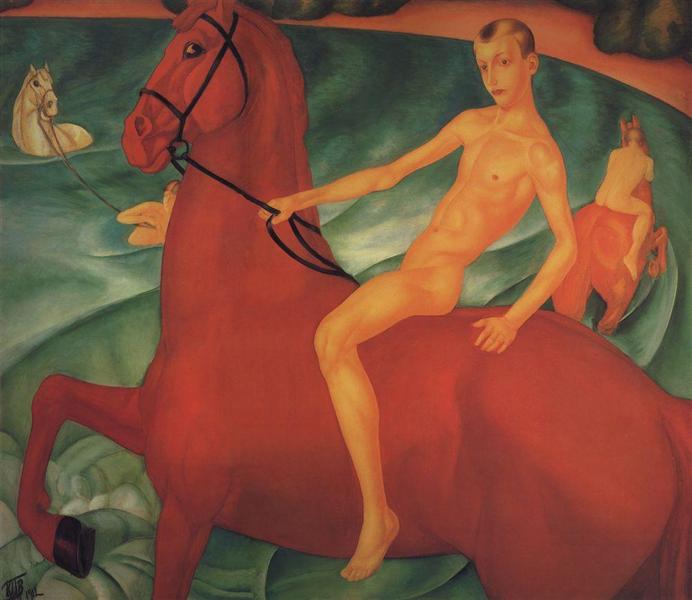
Differences
There are a couple of significant differences between the two theories. One difference is the importance of consciousness, though the starting point for their understanding of this topic appears to be the same. Both men value consciousness because, for Burns, “transformational leadership … is grounded in conscious choice among real alternatives” (1978, p. 36, original emphasis) and for Jung, a leader needs to be “conscious and responsible” (1949/1977, p. 197). However, in analytical psychology, one of the pillars of consciousness is the quality and nature of its relationship with the unconscious. Although Burns recognized the role of the unconscious in shaping relationships, he did not integrate the concept into his theory. He dismissed consciousness-raising activities as “something of a fad” (1978, p. 41).
The second key difference, related to the first, is the definition of authenticity. Beebe has shown that the deepest form of authenticity in analytical psychology is based on the relationship between the ego and the self within the individual. The criteria to determine whether something is moral or authentic is internal:
Morality is not society’s invention but inherent in the laws of life. It is man acting with awareness of his own moral responsibility to himself that creates culture rather than the other way around. [This principle] may appear to have little or no bearing upon the standards of the collective [yet it can] maintain an equilibrium in society. (Samuels et al., 1986, p. 94)
Burns, however, took an external view, basing his definition of authenticity on an objective view of universal values to which he assumed everyone could subscribe. Burns distinguished authentic from pseudo-transformational leadership by the impact it has on the well-being of the people it affects (1978, p. 426). As a result, “a crucial element for … Burns’ conception of transformational leadership was his firm belief that to be transforming leaders had to be morally uplifting” (Bass & Riggio, 2006, p. 12). This definition is problematic, as people within the field of transformational leadership have acknowledged (p. 233).
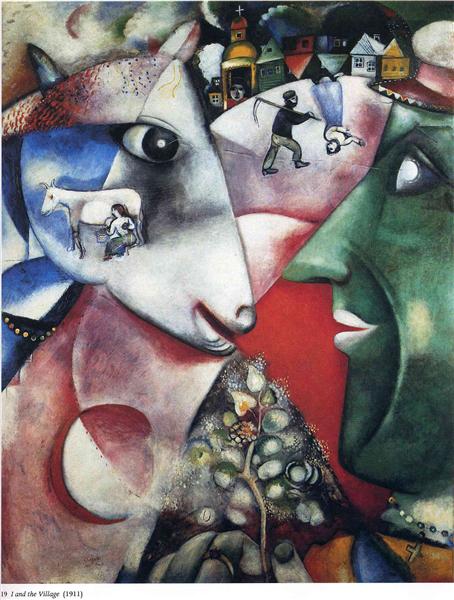
This focus on the unconscious leads into another difference between Burns and Jung, which is how they each view regressive behavior. Jung’s process of individuation consists of cycles involving two movements: progression and regression (Stein, 2006, pp. 1-28). Regression brings primitive and undeveloped instincts into consciousness. For Jung, if this material is viewed subjectively and symbolically, it contains the seeds for transformation and further progression. Regression is therefore an important part of authentic transformation. In Burns’ theory, however, regression is pseudo-transformational because (for a time at least) it produces an effect that is not morally uplifting.
Conclusions
The term “authenticity” will mean different things to different people, depending on their knowledge and attitude. For Bill George, whose primary focus is organizational performance, authenticity is based on the character of the leader and its alignment with the conflicting needs of various shareholders. While this seems to align the inner and outer domains, this understanding of character is relatively superficial when viewed from a depth psychology perspective. Barr and Barr have a similar focus on leadership effectiveness, but they expand the understanding of character to include typology. There are such things as authentic and falsified types, but they are only relevant at a certain stage of development. This form of authenticity is based on the dominant-inferior relationship, which lies within the ectopsychic sphere. It can become obsolete when the deeper level of authenticity that John Beebe identified in 1992 starts to emerge. Andrew Samuels offers a different angle on the subject by considering how to integrate the trickster and failure into leadership. Beebe’s and Samuels’ writings are built on a similar foundation—the deep relation between the ego and the self.
Focusing on the deeper level does not mean that the leader should discard the other aspects of personality. Differing values and typologies are psychological components to consider in both personal and organizational development. But if they become the destination rather than the staging post, it can create problems for both the individual and society. We can see this in Spitteler’s Prometheus and Epimetheus where, for most of the story, King Epimetheus was successful and happy. He and the society he led felt secure because they were guided by social conscience in everything they did. But this conscience led to their eventual downfall because it was one-sided. They had lost contact with soul—the seat of authenticity—and did not realize it. When the first symbol of soul (Pandora’s jewel) appeared to the king, and to the leaders in commerce, education, and religion, they rejected it because they viewed it as abhorrent, disgusting, worthless, and repugnant.
Epimetheus was a leader who was too embedded in his culture to recognize and deal with the opposites. Social conscience and the affirmation of the people sustained and emboldened him, so he did not recognize his one-sidedness and that of the society he led. The people rejected Prometheus as a misfit but, in the final act, it was his leadership that saved the people from total disaster. Jung’s analysis does not extol a Promethean leadership over an Epimethean one. Rather, he uses the story to show the dangers of one-sidedness. In this particular story, the error was in overvaluing social conscience, collective processes, and conscious thinking at the expense of their opposites. But we can overvalue any opposite, as individuals or as a society. This not only leads to one-sidedness but also stops us from recognizing the value of symbols that can help transform our personality and develop our authentic individuality.
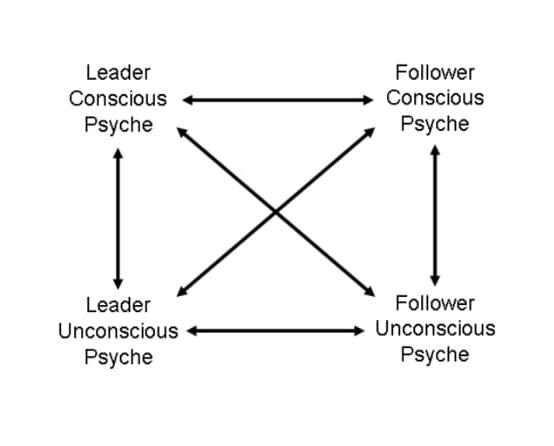
The diagram does not tell the whole story, however, because there is an important hidden assumption. In many organizations, 360 degree feedback mechanisms help to raise awareness of the leader’s personal unconscious. This might seem a wholly good thing but, from a depth psychology perspective, the unconscious goes much deeper than the personal unconscious, to the collective unconscious. Becoming aware of the collective unconscious is not simply a matter of degree of self-knowledge. There comes a point when a rubicon is crossed, so that awareness of the collective layer leads to radically different consequences, when compared to becoming aware of the personal unconscious alone.
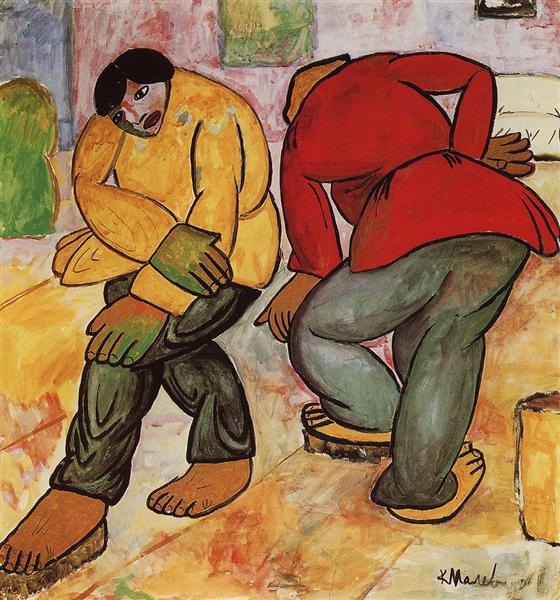
This means, in broad terms, a leader has the choice between two paths of development, depending on how deeply the unconscious is explored. One is to establish a clear set of values through investigation of the personal layer of the unconscious. The other is to look more deeply and symbolically into the layers of the collective unconscious differentiating the self from the typological and other opposites, recognizing and withdrawing projections of archetypes, paying attention to dreams, taking a more symbolic rather than literal attitude, and seeing the influence of psyche in shaping the world around us. This form of dialectic between ego and self can lead to a transformational self-knowledge. The deepest form of authentic individuality is not typological, it is the one that emerges from between the opposites.
Note: Readers can get a 20% discount on Steve Myers’ Myers-Briggs Typology vs Jungian Individuation: Overcoming One-Sidedness in Self and Society, forthcoming in November 2018, by using the code FLR40 on Routledge’s website.
References
Barr, L. & Barr, N.B. (1989). The leadership equation. Austin, TX: Eakin.
Bass, B. M. & Riggio, R. E. (2006). Transformational leadership. Mahwah, NJ: Lawrence Erlbaum Associates.
Beebe, J. (1992). Integrity in depth. College Station, TX: Texas A&M University.
Beebe, J. (2017). Energies and patterns in psychological type: The reservoir of consciousness. Abingdon: Routledge.
Burns, J. M. (1978). Leadership. New York, NY: Perennial.
Corlett, E. S. & Millner, N. B. (1993). Navigating midlife: Using typology as a guide. Palo Alto, CA: CPP.
Edinger, E.F. (1972). Ego and archetype. Boston, MA: Shambala.
Fordham, F. (1953). An introduction to Jung’s psychology: An exposition for the general reader of the theories and technique of the foremost living medical psychologist. London, England: Penguin.
George, W. (2003). Authentic leadership: Rediscovering the secrets to creating lasting value. San Francisco, CA: Jossey-Bass.
Jung, C. G. (1923). Psychological types: Or, the psychology of individuation (H. G. Baynes, Trans.). London: Routledge & Kegan Paul. (Original work published 1921)
Jung, C. G. (1946). Analytical psychology and education (R. F. C. Hull, Trans.). In H. Read et al. (Eds.), The collected works of C. G. Jung (Vol. 17, pp. 63-132). Princeton, NJ: Princeton University Press. (Original work published 1926)
Jung, C. G. (1966). The structure of the unconscious (R. F. C. Hull, Trans.). In H. Read et al. (Eds.), The collected works of C. G. Jung (Vol. 7, 2nd ed., pp. 269-273). Princeton, NJ: Princeton University Press. (Original work published 1916)
Jung, C. G. (1966). The relations between the ego and the unconscious (R. F. C. Hull, Trans.). In H. Read et al. (Eds.), The collected works of C. G. Jung (Vol. 7, 2nd ed., pp. 121–241). Princeton, NJ: Princeton University Press. (Original work published 1928)
Jung, C. G. (1966). Problems of modern psychotherapy (R. F. C. Hull, Trans.). In H. Read et al. (Eds.), The collected works of C. G. Jung (Vol. 16, 2nd ed., pp. 53-75). Princeton, NJ: Princeton University Press. (Original work published 1929)
Jung, C. G. (1966). The psychology of the transference (R. F. C. Hull, Trans.). In H. Read et al. (Eds.), The collected works of C. G. Jung (Vol. 16, 2nd ed., pp. 163-323). Princeton, NJ: Princeton University Press. (Original work published 1946)
Jung, C. G. (1971). Psychological types (R. F. C. Hull, Trans.). In H. Read et al. (Eds.), The collected works of C. G. Jung (Vol. 6). Princeton, NJ: Princeton University Press. (Original work published 1921)
Jung, C. G. (1971). Psychological types [lecture] (H. G. and C. F. Baynes, Trans.). In H. Read et al. (Eds.), The collected works of C. G. Jung (Vol. 6, pp. 510-523). Princeton, NJ: Princeton University Press. (Original work published 1923)
Jung, C. G. (1971). Foreword to the seventh Swiss edition (R.F.C. Hull, Trans.). In H. Read et al. (Series Eds.), The collected works of C. G. Jung (Vol. 6). Princeton, NJ: Princeton University Press. (Original work published 1937)
Jung, C. G. (1973). Letter to G. A. Farner. (R.F.C. Hull, Trans.). In G. Adler & A. Jaffé (Eds.), Letters of C. G. Jung: Volume I, 1906-1950. London, England: Routledge.
Jung, C. G. (1976). The Tavistock lectures: On the theory and practice of analytical psychology (R. F. C. Hull, Trans.). In H. Read et al. (Eds.), The collected works of C. G. Jung (Vol. 18, pp. 1-182). Princeton, NJ: Princeton University Press. (Original work published 1935)
Jung, C. G. (1977). (1977) Diagnosing the dictators. In W. McGuire & R. F. C. Hull (Eds.), C.G. Jung speaking: Interviews and encounters. Princeton, NJ: Bollingen. (Original work published 1938)
Jung, C. G. (1977). On the attack in the Saturday Review. In W. McGuire & R. F. C. Hull (Eds.), C.G. Jung speaking: Interviews and encounters. Princeton, NJ: Bollingen. (Original work published 1949)
Myers, S. (in press). Myers-Briggs typology vs Jungian individuation: Overcoming one-sidedness in self and society. Abingdon, England: Routledge.
Neumann, E. (1954). The origins and history of consciousness. Princeton, NJ: Bollingen, 1970.
Samuels, A. (1993). The political psyche. London, England: Routledge.
Samuels, A. (2001). Politics on the couch. London, England: Profile.
Samuels, A., Shorter, B., & Plaut, F. (1986). A critical dictionary of Jungian analysis. Hove, England: Routledge.
Seligman, L.G. (1980). [Review of the book Leadership, by James Macgregor Burns]. In The American Political Science Review, 74:1, 153–156.
Shamdasani, S. (2003). Jung and the making of modern psychology: The dream of a science. Cambridge, England: Cambridge University.
Spitteler, C. (1881). Prometheus and Epimetheus (J. F. Muirhead, Trans.). London, England: Jarrods.
Spoto, A. (1989). Jung’s typology in perspective. Wilmette, IL: Chiron, 1995.
Stein, M. (2006). The principle of individuation: Toward the development of human consciousness. Wilmette, IL: Chiron.
von Franz, M.-L. (1986). The inferior function. In M.-L. von Franz & J. Hillman, Lectures on Jung’s typology. Putnam, CT: Spring. (Original work published 1971).
Images
Chagall, M. (1911). I and the Village. Retrieved from wikiart.org
Goya, F. (1816). A Circus Queen Timely Absurdity. Retrieved from wikiart.org
Malevich, K. (1912). Floor Polishers. Retrieved from wikiart.org
Moholy-Nagy, L. (1927). Jealousy. Retrieved from wikiart.org
Petrov-Vodkin, K. (1912). Bathing the Red Horse. Retrieved from wikiart.org
Pettoruti, E. (1937). The Improviser. Retrieved from wikiart.org
Picasso, P. (1946). Ulysses and the Sirens. Retrieved from wikiart.org



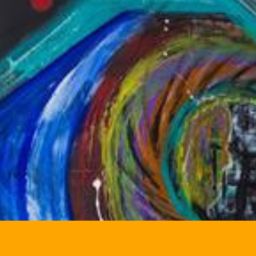
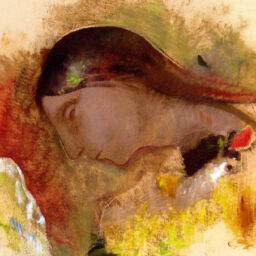
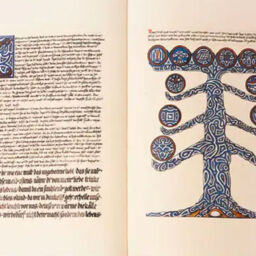
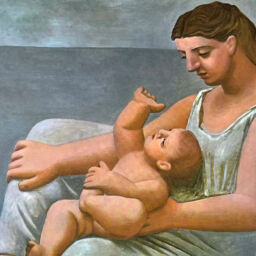

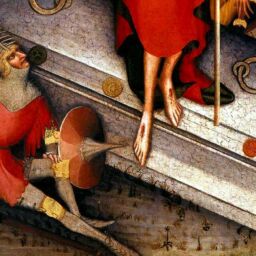

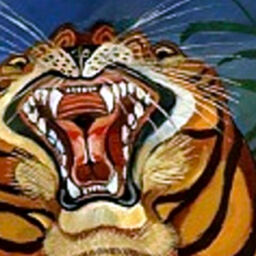
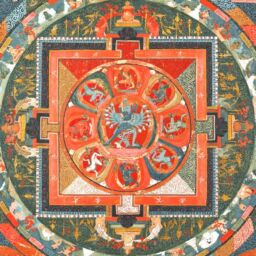


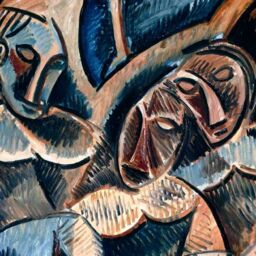
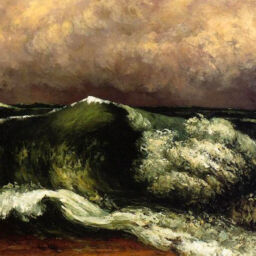
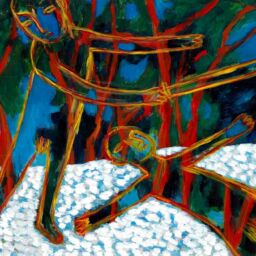
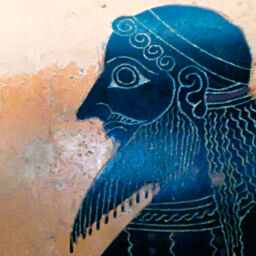
Thank you for your kind comments, Kiley. I’d like to add my thanks to the editors for publishing this paper. They do a lot of work behind the scenes. Also, their questions and comments on the draft helped to improve and sharpen the focus of the paper.
Steve, I just wanted to say I really enjoyed your article and it helped me better contextualize my own views on leadership through a depth psychological lens. Thanks for writing such a superb paper and I am definitely going to read your book. Thank you. I also appreciate the editors providing the discount code. – Kiley